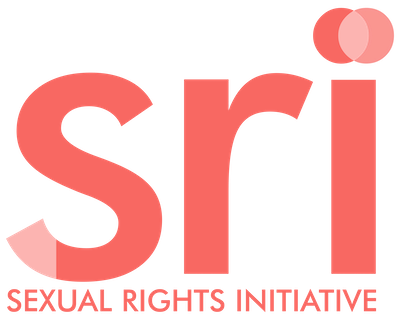Session
National Report
Para 9) With the adoption of Act No. 90-32 of 11 December 1990 establishing the Constitution of the Republic of Benin, as amended by Act No. 2019-40 of 7 November 2019, the following changes have been made: … • Increased representation of women in the National Assembly.
Para 11) Benin is continuing its efforts to bring its laws into compliance with international human rights law. In this connection, the general legal framework has been strengthened through the adoption of: … Decree No. 2021-391 of 21 July 2021, establishing and approving the statutes of the National Women’s Institute.
13. Other advances include: … • The establishment of the National Women’s Institute … • The launch of the Integrated Data System for the Family, Women and Children-New Generation
Para 105) The Government has continued its policy of waiving school fees for girls. This measure benefited 230,107 schoolgirls in 2019, at a cost of around CFAF 2.5 billion.
Para 114) The Government has established and launched the National Women’s Institute. The newly configured institute has legal personality, financial independence and significant powers to take more decisive action in support of women.
Para 115) The Sahel Women’s Empowerment and the Demographic Dividend regional initiative for the period 2020–2024 is being implemented. The overall purpose of this project is to accelerate the demographic transition and achieve the broader objectives of realizing the demographic dividend and reducing gender inequality in recipient countries.
Para 116) The main beneficiaries of the project are women and girls aged from 10 to 24 years. Its indirect beneficiaries are children, the workforce, health professionals, government officials, civil society, grassroots communities and religious leaders. Through this project, the Government has achieved significant results.
Para 117) The following measures have been taken: • The retention of girls in school through skills development • The establishment and launch of the Observatory for the Demographic Dividend Para 118) In terms of results: • 62,210 young beneficiaries (30,240 of whom are in school and 31,970 out of school) have been affected. • 1,530 teacher trainers have received various types of training. • 770 young leaders and members of monitoring groups in educational establishments have received various types of training. • 5,000 midwives have received various types of training. • 3,080 religious leaders have received various types of training.
Para 119) As part of its efforts to empower women, the Government has continued its policy of offering credit under the Alafia microcredit scheme.
Para 120) The implementation mechanism is based on electronic disbursement and reimbursement. Online financial training is provided to beneficiaries in order to support them.
Para 121) The Government has laid the groundwork for the second phase, which will involve amounts ranging from CFAF 50,001 to CFAF 100,000.
Para 122) As at 3 May 2022, CFAF 12,420,364,385 has been disbursed and 239,025 persons around the country have benefited from the programme
Para 123) A gender and environment unit has been officially established within the ministries. In addition, a gender-sensitive budget is being developed at the national level.
Para 125) The following measures have been taken to protect children: … • The setting up of the Integrated Data System for the Family, Women and ChildrenNew Generation, with a corresponding web application, up and running in 85 social welfare centres
Para 162) Benin has amended its Constitution to improve the representation of women in the National Assembly. In this connection, the new article 26 provides for positive discrimination in favour of women. Under the Electoral Code, 24 seats are exclusively reserved for women.
Para 164) A national forum to accelerate the progress of girls’ education was held in March 2022.
State under Review
Issues
National Report
Stakeholder Summary
Para 59) JS2 141 and FB welcomed … the efforts made to ensure free schooling for girls in State schools.
Para 61) JS2 drew attention to the disparity between girls’ and boys’ access to school, the causes of which include the practice of using children as vidomégons (domestic workers) and the sociological influence of gender-based representations.
Para 62) Noting the establishment of the National Women’s Institute, whose remit covers women’s empowerment, issues related to gender-based violence and the ability to take legal action in response to it, JS4 stated that the main challenge remains the depoliticization of the Institute, as it is attached to the Office of the President.
Para 64) As a result of COVID-19 school closures, the UPR Project at BCU (UPR BCU) noted that girls might have increased exposure to sexual violence and unwanted pregnancy, and that a disproportionate number of girls will not return to education …
Stakeholder Summary
UN Compilation
UN Compilation
Para 28) The United Nations country team noted that the Government was making efforts to combat underemployment, especially among young people and women, by requesting support from UNDP in creating a digital job application platform, and from other agencies such as the United Nations Population Fund, which were helping to strengthen the economic empowerment of women and vulnerable persons.
Para 41) The United Nations country team welcomed the 2010–2025 National Policy on Gender Equality and its related action plan, drafted with the support of various partners, including UNDP …
